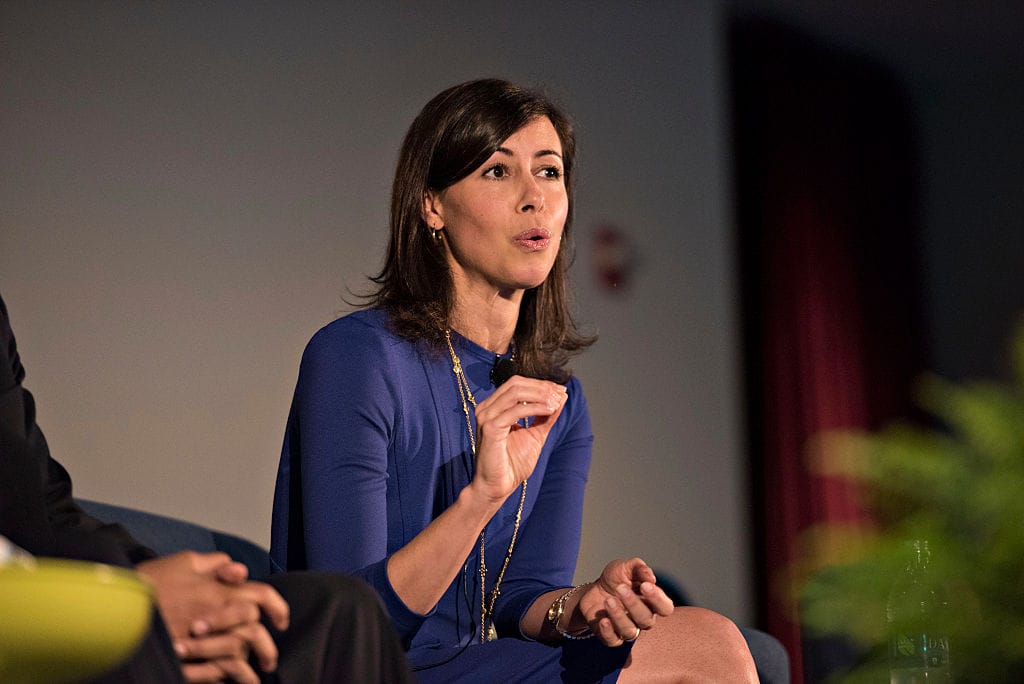FCC Opens Emergency Connectivity Fund for Applications
The FCC is now accepting applications for the historic $7-billion Emergency Connectivity Fund to help get students connected.

June 29, 2021–The Federal Communications Commission announced Tuesday it has opened the Emergency Connectivity Fund for applications.
The $7-billion program provides funding for schools and libraries to buy laptops, tablets, WiFi hotspots, modems, routers and connectivity to help students stay connected when they’re off school premises.
Applicants will have until August 13 to apply for funding for the eligible technologies for the 2021-2022 school year. FCC communication staff said a target set for the review process turnaround time is 50 percent of applications will be reviewed within 60 days and 70 percent will be reviewed within 100 days.
In a press conference on Monday, senior FCC staff explained the commission’s decision to leave the process open-ended to adapt and size the issue appropriately, without the constraints of requirements.
When the pandemic hit, the problem of continuing education at home, where broadband can be insufficient for remote learning, emerged as a key issue for lawmakers to address.
In September 2020, Senator Ed Markey, D-Massachusetts, called upon the FCC to close the so-called “homework gap” through funding, and the ECF emerged as the product of those calls.
Congress authorized the program, the largest such effort to address the gap, as part of the American Rescue Plan Act of 2021.
“Even before the coronavirus pandemic upended so much of day-to-day life, seven in ten teachers were assigning homework that required access to the internet,” FCC Acting Chairwoman Jessica Rosenworcel said in a press release Tuesday.
“But data from this agency demonstrates that one in three households do not subscribe to broadband,” Rosenworcel added. “Where those numbers overlap is the Homework Gap.”
Both the Emergency Broadband Benefit and the ECF programs are working toward helping the estimated 17 million children across the US who don’t have access to broadband. The senior FCC staff explained the complementariness of the EBB and ECF. They explained the EBB proved there was a demand, and ECF was going to fill the gap.










Member discussion